Modeling in Anticipation of Future Space Missions
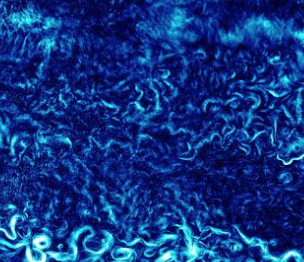 A team of researchers from JPL and the University of Hawaii analyzed the distribution of internal gravity waves and submesoscale balanced motions in the near-surface around the globe in a recent 1/48° MITgcm simulation.
A team of researchers from JPL and the University of Hawaii analyzed the distribution of internal gravity waves and submesoscale balanced motions in the near-surface around the globe in a recent 1/48° MITgcm simulation.
When the Wind Blows Harder
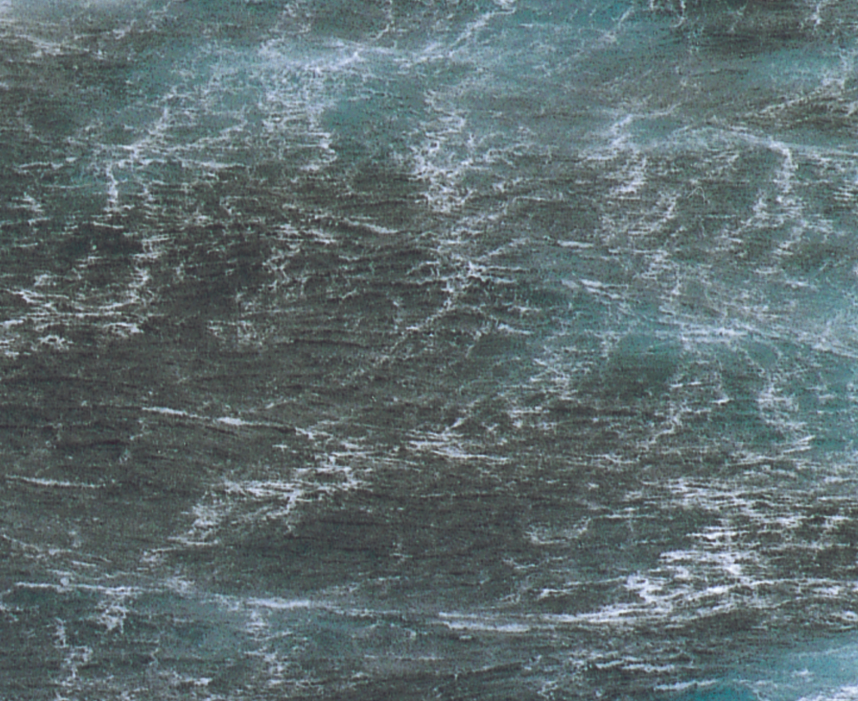 Andreas Klocker, an oceanographer working at the University of Tasmania, has been using MITgcm to explore the sensitivity of ventilation to surface wind stress in the Southern Ocean.
Andreas Klocker, an oceanographer working at the University of Tasmania, has been using MITgcm to explore the sensitivity of ventilation to surface wind stress in the Southern Ocean.
Mixing it Up in the Dead Sea
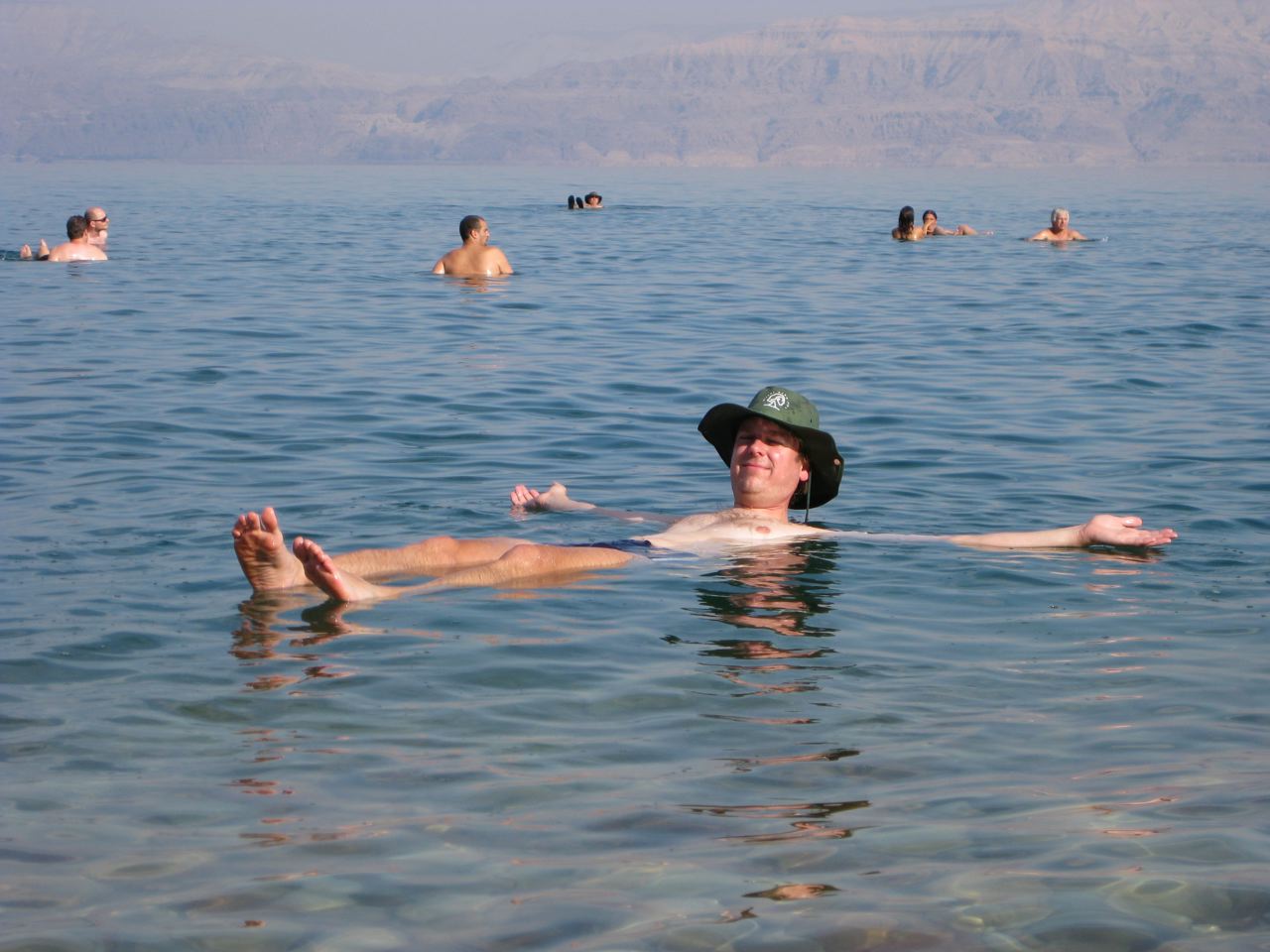 Work from Ben Gurion University in Israel uses MITgcm to explore the importance of non-hydrostatic effects in the Dead Sea.
Work from Ben Gurion University in Israel uses MITgcm to explore the importance of non-hydrostatic effects in the Dead Sea.
Islands in the Stream
 A group from National Taiwan University has been using MITgcm to study submesoscale island wakes in the Kuroshio Current off Taiwan.
A group from National Taiwan University has been using MITgcm to study submesoscale island wakes in the Kuroshio Current off Taiwan.
Where the River Meets the Sea
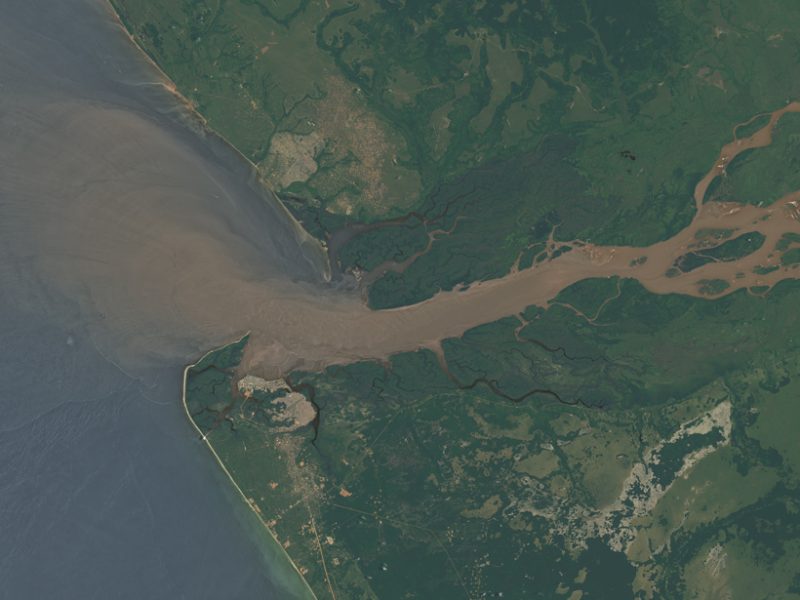 A group from Japan has been using MITgcm to explore the spreading of river plumes.
A group from Japan has been using MITgcm to explore the spreading of river plumes.
Exploring the Southern Ocean pCO2 Wind Stress Connection
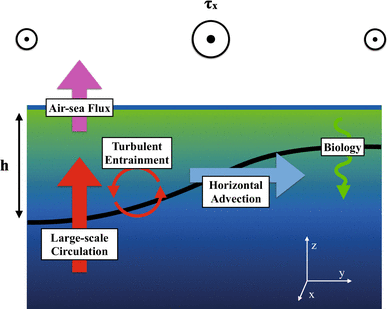 This month we spotlight work from UK researchers led by Ben Bronselaer (formerly of Oxford, now at Princeton) who have been using MITgcm to understand the feedback between mixed-layer partial pressure of carbon dioxide pCO2 and wind stress in the Southern Ocean.
This month we spotlight work from UK researchers led by Ben Bronselaer (formerly of Oxford, now at Princeton) who have been using MITgcm to understand the feedback between mixed-layer partial pressure of carbon dioxide pCO2 and wind stress in the Southern Ocean.
The Seesawing Indonesian Through Flow
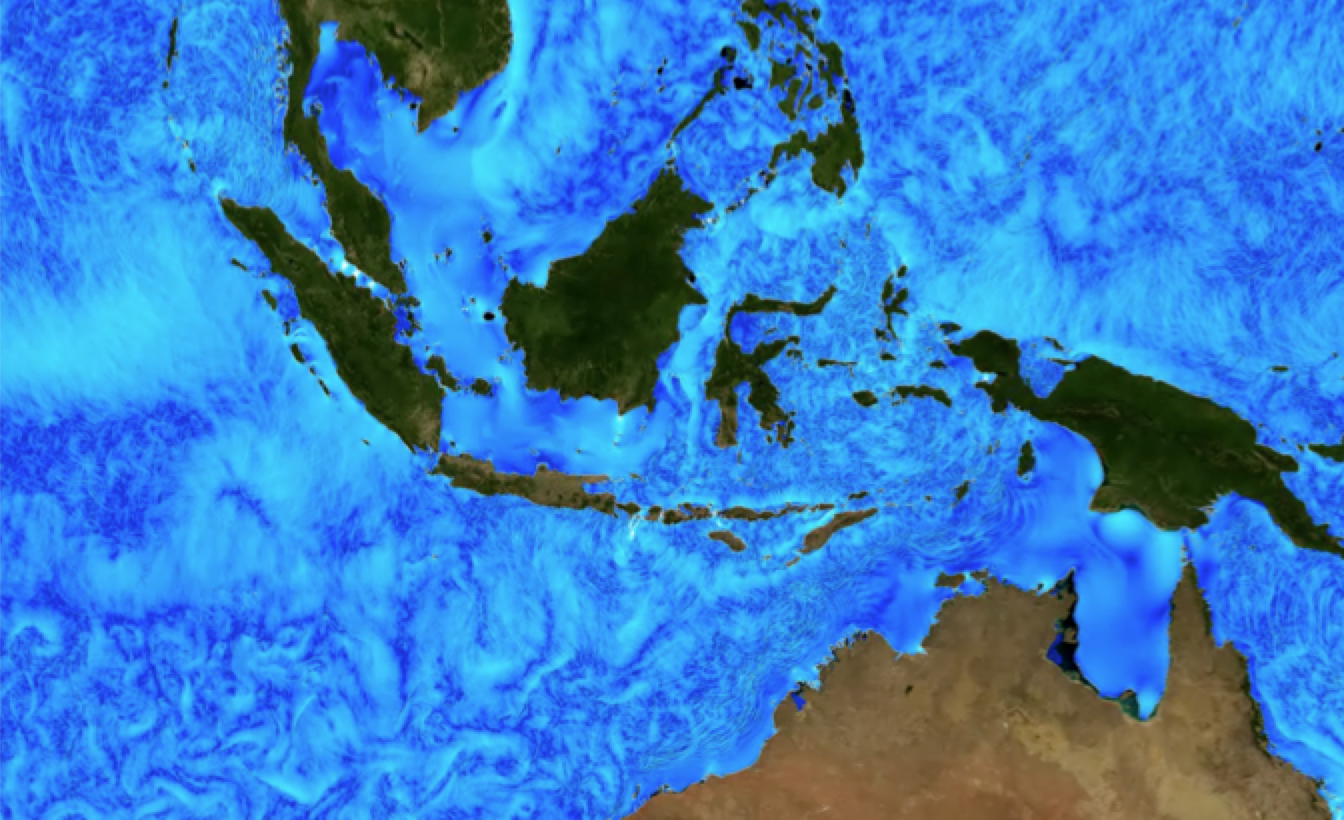
This month we spotlight work from researcher Wlademir Santis (Oceanographic Institute, University of Sao Paulo, Pça. do Oceanográfico, Brazil) and co-authors who have been using MITgcm in work seeking to understand how the Indonesian Throughflow (ITF) might vary under ice age conditions.
Shaken and Stirred

This month we spotlight research from researchers at MIT have been using MITgcm to model the interplay between vertical convection and lateral exchange due to baroclinic instability.
How the Ocean Breaths
 This month we spotlight research from a Georgia Tech team who have been revisiting early modeling experiments using MITgcm to take a closer look at oxygen uptake during deep convection.
This month we spotlight research from a Georgia Tech team who have been revisiting early modeling experiments using MITgcm to take a closer look at oxygen uptake during deep convection.
Modeling Melting Glaciers
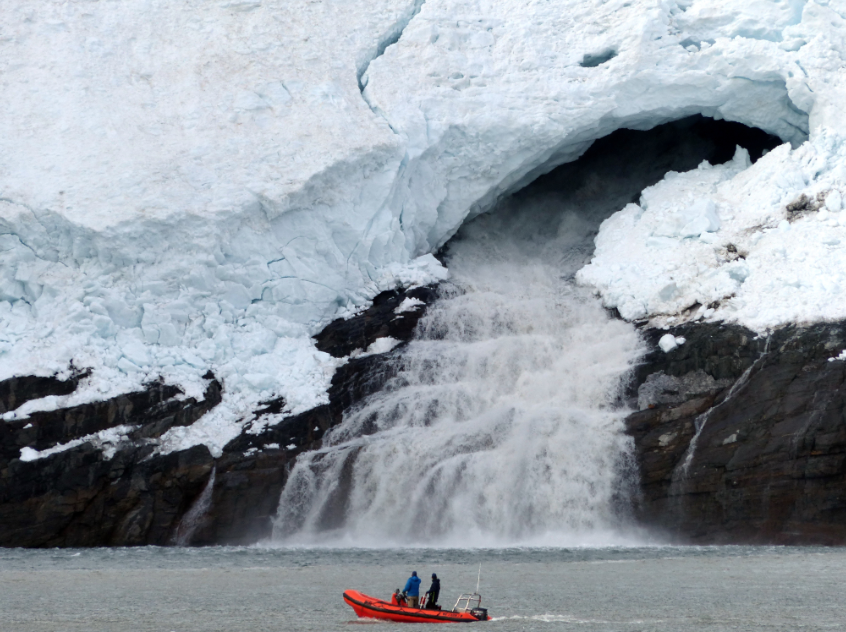
This month we spotlight a recent multi-institutional study led by Dustin Carroll that has been using MITgcm to explore what controls circulation in tidewater glacier fjords.
